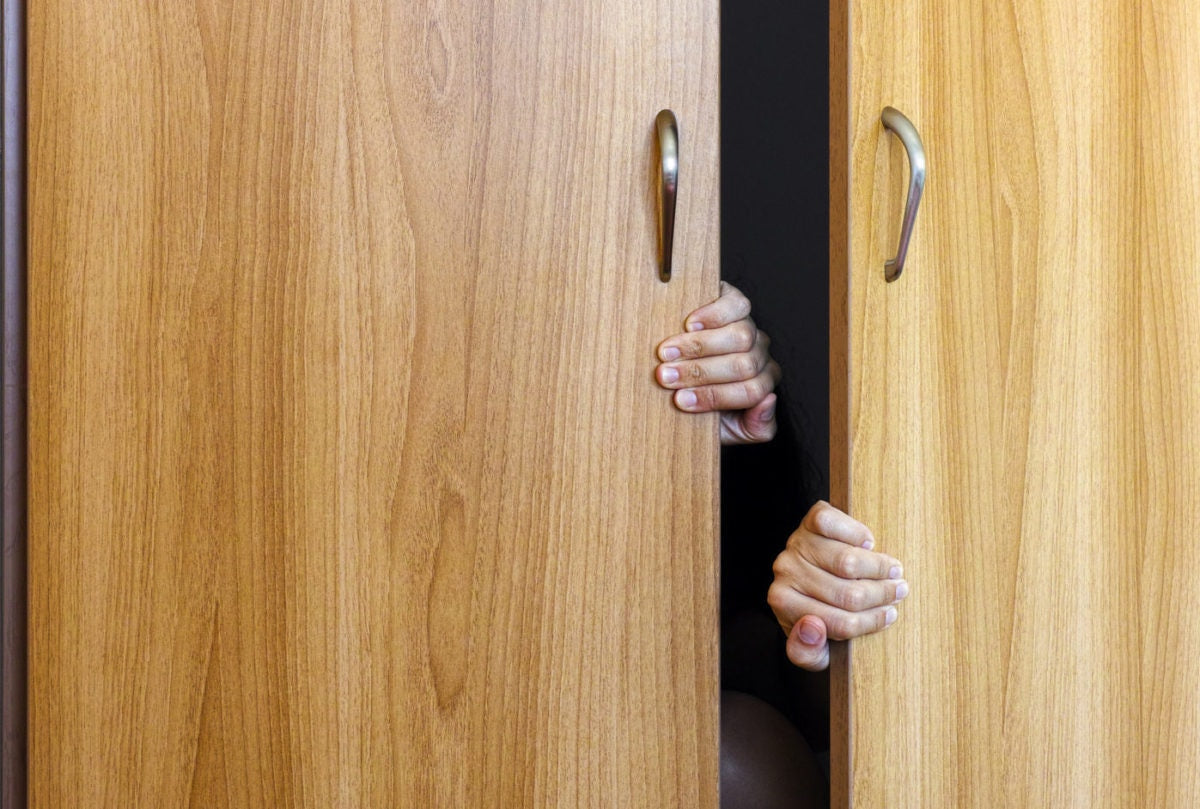The moment your wrinkly, wailing baby enters this world, there’s one thing you’re sure of: you’re never going to let anyone hurt your precious child. If they try, they’ll first have to contend with mama bear. By the time your child enters elementary school there’s one thing you’re sure of: you can’t possibly protect your child 24/7. You have flashbacks of third grade when you were made fun of for the unlikeliest of things: your name, your lunch, your outfit, your glasses, you name it. While cyberbullying has taken the risks and repercussions to a whole new level, “traditional” bullying is still pervasive with
one in three children reporting being bullied in school. It’s time to get a refresher on how to train our kids to stand up to bullying and how to advocate for them.
1 | Watch for signs
Sometimes, bullying is not overt and children may not be able to put a label on it. When my son was in Kindergarten, for instance, his best friend would often force him to erase pictures he’d drawn or words he’d painstakingly written. When I asked my son about it, he matter-of-factly replied that his best bud had ordered him to erase his work, “or else he won’t be my friend.” It wasn’t a one time deal. My son couldn’t play with other kids or sit next to anyone else during circle time “or else.” It wasn’t name calling or hitting but it was a power imbalance that amounted to bullying. Often times, we have to watch for the warning signs which could range from aggressive behavior at home to poor grades at school to something as innocuous as erased pictures. We need to take bullying seriously especially when it’s clearly a pattern of behavior that the aggressor exhibits.
2 | Don’t confront the bully’s parents
As a parent, you instantly bristle with emotion when you know your child is a pawn in a bully’s hands. You want it to stop and you want it to stop now. But confronting the bully’s parents about their child’s behavior will likely elicit a defensive argument. Now is the time to use one of those “Keep Calm” slogans you see everywhere: Keep calm and talk to the teacher. Escalate the conversation to higher levels of authority like the elementary school coordinator, the school counselor, and the principal, if it’s not tackled at the teacher level. Bullying is not about a kid having a hard day. It’s a community problem and requires the community to come together.
3 | Empower your child
As important as it is to teach your child self-confidence, they also need a game plan for when a bully tries to engage them. Here are some strategies that experts suggest:
Teach them to report the situation
According to stopbullying.gov, only
20 to 30 percent of children report bullying to an adult. That’s a shockingly low percentage for such a pervasive problem. Teach your child to call bullying out, rather than excuse it, and encourage them to tell a parent, teacher, or coach about the problem.
Teach them to stay confident
Train your child to make eye contact and stand tall but never engage physically with the bully. According to the National Crime Prevention Council, it’s best not to encourage your child to fight back, as it could lead to more aggression.
Teach them to stay calm and be kind
This two-pronged approach is advocated by leading social skills communicator
Brooks Gibbs. In a widely-viewed video outlining these two techniques, Gibbs
teaches children strategies which are perhaps counter cultural. The first rule – don’t get upset – teaches the child to play it cool. When the child (and this works best with tweens and upward) responds nonchalantly to the bully’s aggression, he or she communicates a simple message: what you’re saying doesn’t bother me one tiny bit. The fallout of this is that the bully gets bored. Once emotion is taken out of the picture, the bully has no ammo to continue his or her verbal tirade. The second rule Gibbs advocates – treat them like a friend – goes one step further. It means showing kindness to the perceived enemy. And, yes, that’s as hard as it sounds. Gibbs’ theory is that if you respond to a bully’s verbal aggression with kindness that throws them completely off kilter. Bullying, Gibbs says, is an imbalance of power. Kindness unhinges that power struggle. With a little bit of practice (okay, maybe lots), kids (and grownups) can get emotionally resilient and outsmart the bully. Bullying doesn’t have to be a rite of passage or an incontrovertible part of childhood. Let’s show our kids there are ways out.



